Do-it-yourself microscopy has proven to be a perfect medium for dipping into a couple of key concepts, fundamental methods and relevant discourses with new media students. In my class at the Bauhaus-Universität Weimar during the winter term 2012/2013 the given task was to build a cheap (affordable would be an understatement) microscope. The task also included using this microscope subsequently for an artistic project. While we were building it we got exposure to other subjects which were necessarily on the path to our goal (and are applicable for many other tasks in different contexts). We learn to deconstruct technology, to think about how it works and let our explorative curiosity win over the fear of breaking something.
We got into soldering, tinkered with the electronics and hacked the cheap hardware, adapting it to our needs. We made sketches and drafted scale models from cardboard, meanwhile discussing construction principles and mechanics. We created digital models in 3D and used various tools in the workshop – including rapid prototyping and digital fabrication devices like the laser cutter and the 3D-printer – to build individual designs.
This way, building a digital microscope yourself is not only a rewarding experience, it is also an opportunity to experience a variety of technologies and apprehend a range of new practical skills. Those skills are elementary for the practice of media artists, designers and in the maker community.
Every one of the ten students has built her/his own microscope with an individual design and even making use of various mechanical principles. True to the academic and open source spirit it was part of the assignment to publish a how-to, allowing to copy and build upon the design. Laser-cutting templates and 3D-files can be downloaded from the project website.
Right at the beginning of the project we suffered a setback: one of the four legs supporting the 3D printer gave in, making it unstable. While continuing to print, the printer started “walking” due to its imbalance and eventually fell off of the table. Since essential parts broke it could not be repaired quickly. In light of this accident we directed our efforts towards our models for which we could use the laser cutter instead.
A field-trip to the Optical Museum in nearby Jena suggested itself. The museum hosts a reconstruction of Carl Zeiss’ workshop and features the scientific breakthroughs of his business partner Ernst Abbe. Abbe’s apochromatic lens was an invention to overcome the blur you get using regular lenses due to the differences in refraction of light throughout the wavelengths of the spectrum. The exact problem we also encountered, 145 years later, because we are using the optics of the webcam in reverse instead of Abbe’s apochromatic lenses used in optical microscopes today. In the images taken with our microscopes you can sometimes see a rainbow coloured halo around the edges, that is the afore mentioned effect.
As soon as the microscopes were built we searched in and outdoors for material for close inspection. Leaves, feathers, blossoms, onion skin, spider legs, hair, the wings of a fly, have all been amazing subjects. Glass, soil, spit, saw dust, salt, sugar and even solid objects like a knife’s blade reveal fascinating shapes under the microscope. However, the classic brine shrimp (used to feed fish) and a popular microscopy subject in school, surprisingly were way too big for the magnification of our microscopes, exceeding its field of view. Pond water and hay infusions contained some species that are too small to see with the plain eye but perfect for our microscope. Paramecia have just the right size. The curiosity of the students didn’t stop there: sperms turned out to be a few pixels big, but clearly visible and possible to count.
The most challenging assignment was the final one: to use the self made microscope as a tool to implement a creative concept. My students were intuitively seeking narrative structures from the material by using the microscopic world. The patterns became the source material for an interpretation and visualisation. While some were using the images as texture for a silhouette animation, another student created non-linear interactive scenes in html5. Impressive and convincing were also the sonified microscopic videos. Using the analysis of histogram, brightness and motion detection algorithms to generate sound.
DIY-microscopy isn’t only a vehicle to teach tools, techniques and theories – it also fits nicely to a substantial body of research and teaching conducted at Prof. Ursula Damm’s chair of Media Environments related to bio-art, microscopy and synthetic biology. It is likely that I will offer this class another time, building upon theses results.
Videos:
Group Tracking
Panning around
Navigation / Interacting
Microscopic Image and Sound Representation
Birds Master
Clotting blood
Circle
Nauplii Artemia Salina
Links:
DIY-Microscopy Poster
Pd patch used in the class
Class page in the wiki of the Faculty of Media with a detailed documentation
About the Author:
Prof. Max Neupert is an artist and researcher. He was teaching at the Bauhaus-Universität Weimar 2008 to 2013 and is a PhD candidate ibidem. He was appointed Professor at the Yeungnam University in South Korea.











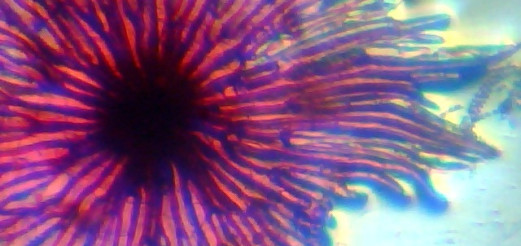
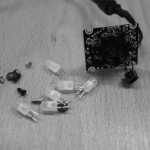
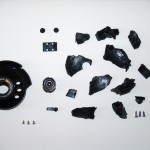
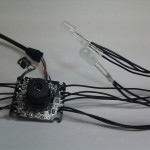
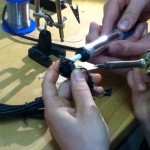
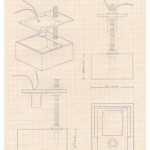
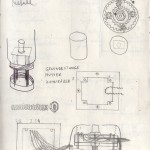
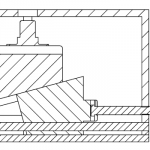
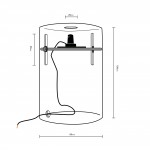
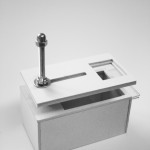
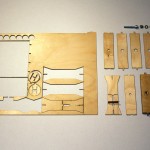
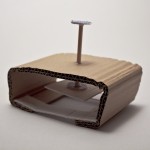
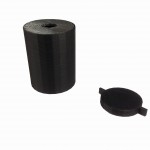
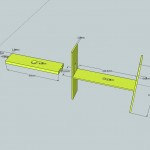
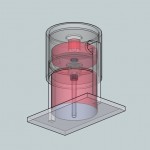
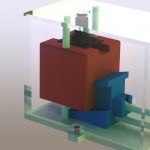
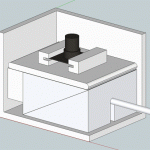
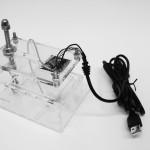
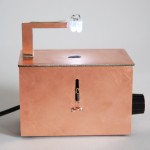
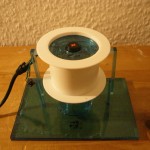
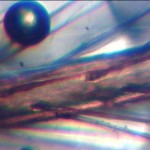
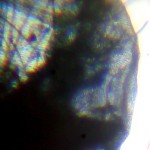
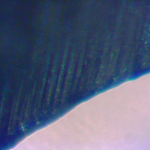
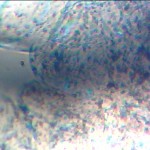
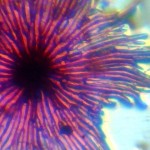
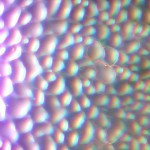
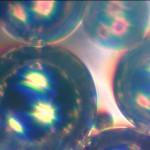
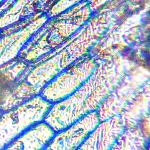



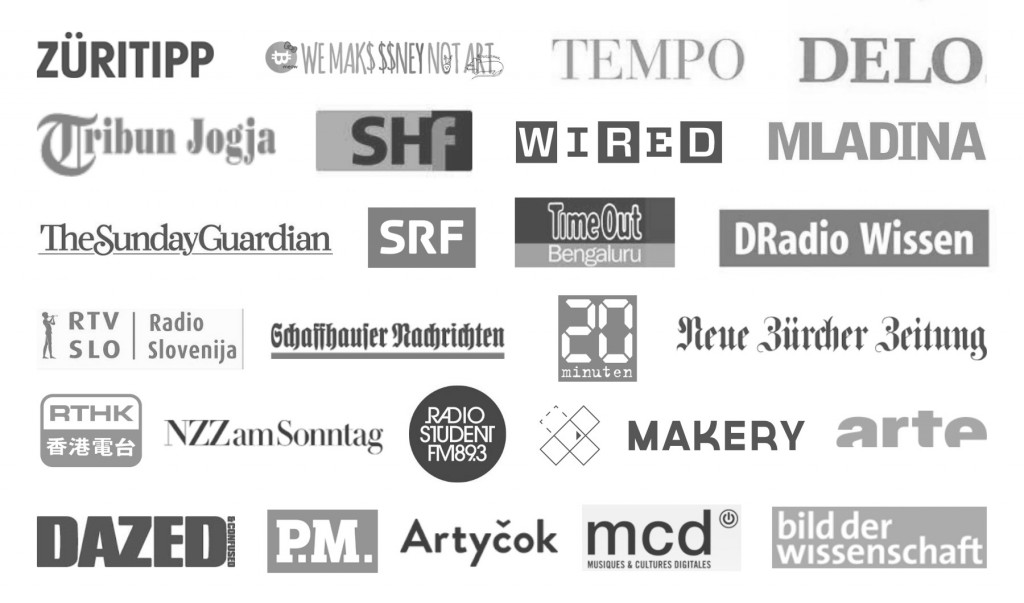
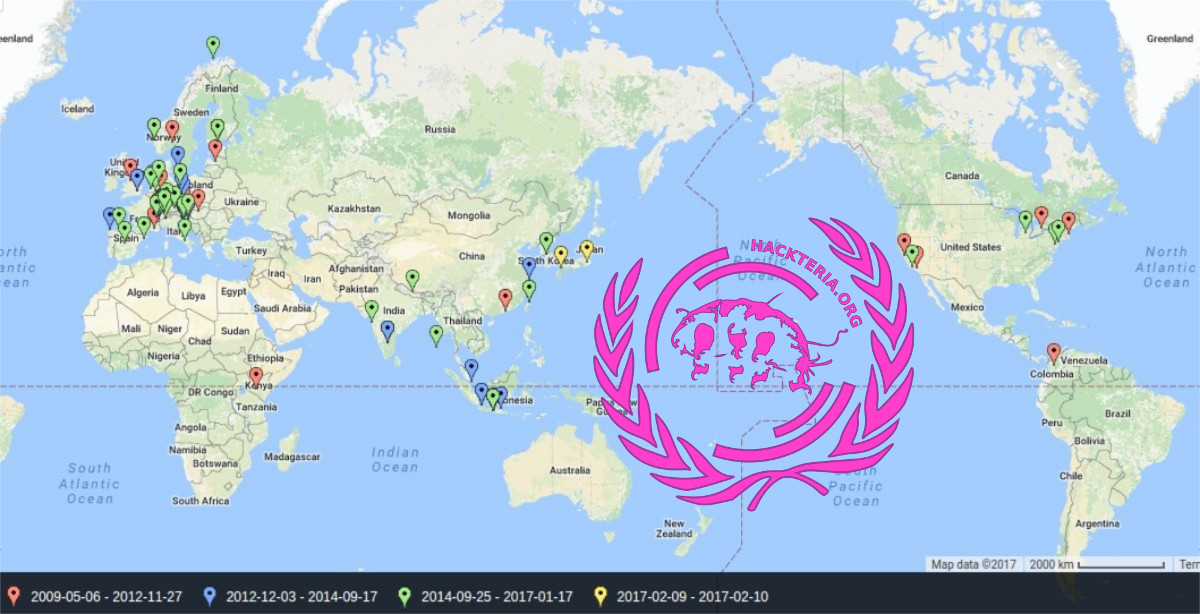

[…] Se pueden hacer tinciones, preparar medios de cultivo para bacterias y hongos, observar con un microscopio-webcam DIY y colectar microorganismos del […]